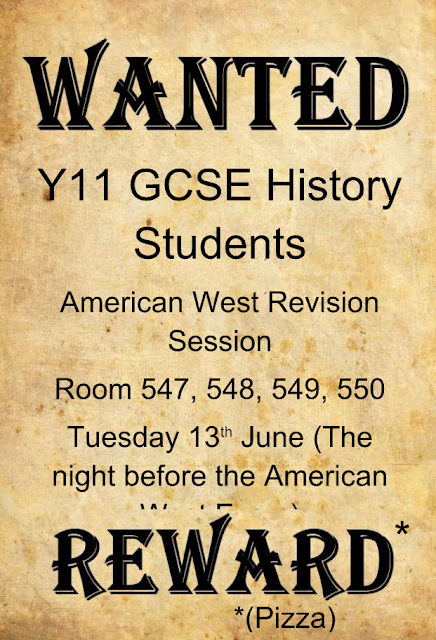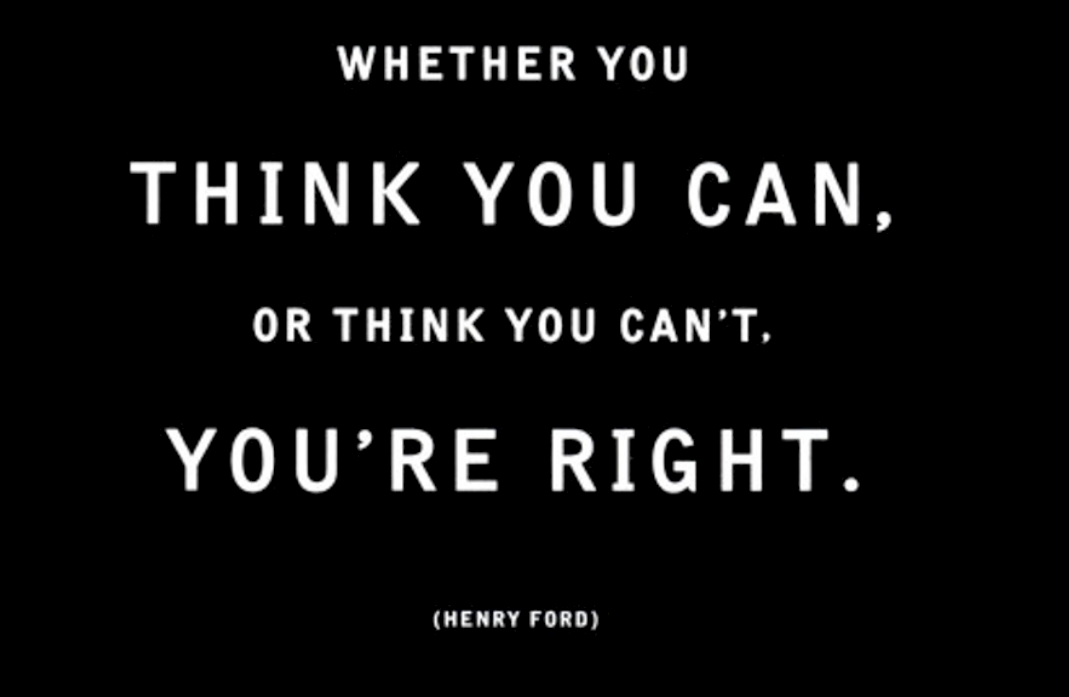No entry without your ticket please remember to bring it.
Yr 11 please RT this and check you all remember tonight #prom
Year 11 #Leavers2017 Assembly
Year 11 #Leavers2017 Assembly is Monday 26th June in the hall. Starting at 11:30am. All Students to wear full uniform please

Book Returning, Prom Ticket, Yearbook & Hoodie Collecting
Please see below for the plan for book returning on Wednesday 21st June from 2pm
You have a staggered start to ease the congestion so please read carefully
A1, A2, B1, B2 to arrive at 2pm
D1, D2, J1, J2 to arrive not before 2:20pm
P1, P2, S1, S2 to arrive not before 2:40pm
You Don't need to wear school uniform
Please see below and meet in the Piazza at your start time not before
Top tips for American West Exam
1. Sources A and B will AGREE with each other
2. Sources C and D will AGREE with each other
3. Sources A and B will say the opposite to C and D
4. Sources have different view because they were written at different times, by different people NOP (Nature, Origin, Purpose)
5. How useful is a Source? How useful is a chocolate teapot?
6. 10 and 12 mark questions = 4, 3, 2, 1
7. 10 and 12 mark questions - start with the factor that they give you
8. Remember to stick to the time as the most important question on the exam is the last one - either 2c or 3c
GCSE Dance Year 11 Written Exam Revision List
Professional Dance Works – Documents attached to help you
·
You must know the name of two
professional dance works and the choreographer
Still Life at
the Penguin Café – David Bintley
Nutcracker! –
Matthew Bourne
·
For both of these works you
will need to be able to:
Describe:
A motif –
actions/space/dynamics/relationships
2 costumes
2 sections of
lighting
The aural
setting/accompaniment (the music or sound)
The staging/performance
space
The set
design – backdrops, projections, scenery
Any props
The theme of
the dance
The starting
point or inspiration for the dance
The structure
of the dance
The style of
dance
The
choreographic style
The use of
the camera in the dance
**Page 115 – 126 in your
GCSE Dance textbook will help you**
Analyse:
What?
Why?
Who?
How?
Because…
**Use your white
contribution booklet**
Example:
Describe a costume:
In Matthew Bourne’s Nutcracker! The female
Liquorice Allsorts dancer wears a black glossy corset with very thin vertical
white stripes, and a black Spanish style mid length skirt. The skirt is
embroidered with large Liquorice Allsorts sweets and has a pink lining. She wears
a black bolero style jacket with a pink lining. This has small Liquorice
Allsorts sweets attached to it. She wears black Flamenco shoes with a heel. Her
hair is black and slicked down to her head in a wavy pattern that emulates
strings of Liquorice.
Example:
Explain how the costume contributes to the piece:
The Spanish
style shoes and skirt identify and compliment the Spanish style of dance and
music of the Liquorice Allsorts section. Her slicked down wavy hair adds humour
to the piece because it looks like strings of liquorice and is an unrealistic
interpretation of hair. The Spanish style skirt adds additional movement to
this section as it swishes with her hips and she moves it from side to side
with her hands. This adds more interest to the piece because it exaggerates her
actions and dynamics. The 2 male Liquorice allsorts wear complementary costumes
with black glossy jackets and bright pink trousers. This identifies the dancers
as a group and also the difference between genders.
·
For both professional works you
must also know the full name of the:
Composer
Costume
designer
Lighting
designer
Set designer
Choreography
·
You may be asked to reflect on
your experience of the unit 4a – solo choreography and the unit 4b group
choreography.
·
You will need to know the
definition of and examples of:
A motif
A stimulus
Motif
development/Choreographic devices - retrograde, fragmentation, repetition,
instrumentation…
Relationships
– unison, canon, contact, lifting, mirroring, call and response, counter point,
contrast…
Structure –
Binary, ternary, Rondo, Fugue, Theme and variation, narrative
Climax
Highlights
Group formations
A variety of
actions, space, dynamics
The lists
here are not definitive and only show some examples. It is your responsibility
to use your GCSE textbook to find out what the definitions are and some
examples.
**Page 43 – 68 in your
GCSE Dance textbook will help you**
Performance
·
You may be asked to reflect on
your experience of unit 2 – the set dance (impulse/Find it!)
·
You will need to know the
definition of and examples of how to improve:
Technical skills – Posture, alignment,
strength, flexibility, control, stamina…
Expressive skills – Focus, musicality,
communication, projection, sense of style…
·
How to improve your performance
– Mental rehearsal, recording yourself, peer assessment, mirrors…
The lists
here are not definitive and only show some examples. It is your responsibility
to use your GCSE textbook to find out what the definitions are and some
examples.
**Page 69 – 80 in your
GCSE Dance textbook will help you**
Revision advice
·
Use all of your classwork and
homework.
·
Ask or email your Teacher if
you have a query Mrs Simmons - h.simmons@wildern.hants.sch.uk
Don’t
underestimate the importance of the written paper. It can turn an A* practical
dancer into an overall GCSE grade of a B.
Medicine Through Time Top Tips
1. The Ancient World covers Prehistoric, Egyptian, Greek and Roman
2. For 1d on Section A remember 4, 3, 2, 1 (3 factors and 2 examples for each factor)
3. 19th Century = 1800s (during the Industrial Revolution)
4. The Black Period of Surgery = 1847 - 1867 (Pain was dealt with, but infection was not)
5. Problems in surgery = Pain, Infection, Blood Loss
6. Greatest breakthrough in TREATING Disease and Infection = Penicillin (1942)
7. Greatest breakthough in PREVENTING Disease and Infection = Vaccines (1796)
8. Most important factor in Public Health = Government
9. WAR is normally a catalyst - it speeds medical progress up and makes the Government take action
10. TALK ABOUT LEGACY of a person / time period / event / factor
Subscribe to:
Comments (Atom)






